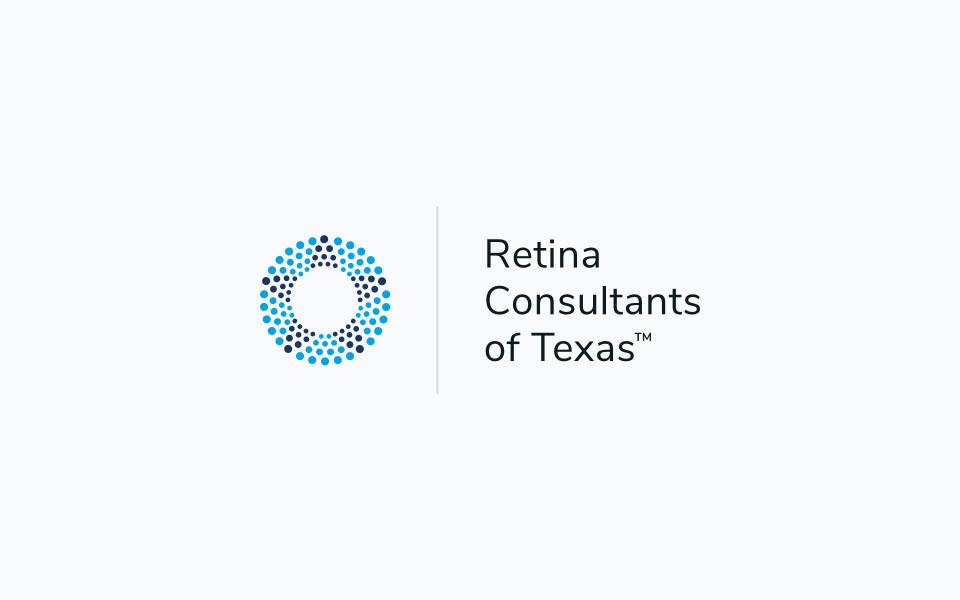What Patients Should Know About Low Vision

Quick quiz: Which of the following is a risk factor for low vision?
A. Age-related macular degeneration (AMD)
B. Infectious and autoimmune eye diseases
C. Eye or brain trauma
D. All of the above.
If you answered “D,” you’re correct! Anyone may develop low vision, but certain causes are more common among different ages. This type of loss of sight cannot be corrected with prescription eyeglasses, contact lenses, or surgery, making it difficult to perform normal activities.
Low Vision, In Detail
As one of the leading causes of disability in the United States, low vision is a health issue that impacts the general public on a wide scale. Over the next few decades, it’s estimated that over 9.5 million people will be affected by it. Low vision is defined by your visual acuity, which is simply the measure of how clear your vision is. Perfect vision is considered to be 20/20, which represents the ability to see an object from 20 feet away. Visual acuity is measured by ophthalmologists and optometrists using the Snellen Eye Chart, which simulates distance using different-sized fonts.
The World Health Organization classifies low vision impairment into the following subcategories:
- Mild vision loss: 20/30 to 20/60
- Moderate low vision: 20/70 to 20/160
- Severe low vision: 20/200 or worse
- Profound visual impairment: 20/500 to 20/1,000
- Near-total low vision: less than 20/1,000
These ratios represent what a patient’s vision is at 20 feet compared to unimpaired vision at 20 feet. For example, if your vision is 20/60, this means that, when standing 20 feet away from an object, your vision is the same as what a patient with unimpaired 20/20 vision sees at 60 feet away.
Depending on the responsible disease or condition, low vision can manifest in different ways. Among these are:
- Loss of central vision
- Loss of peripheral vision
- Limited ability to see in low-light settings
- Blurred vision
- Hazy vision
With low vision, you may experience blind spots, poor night vision, or an almost complete loss of sight. However, it doesn’t include complete blindness, which means the patient cannot see light at all, as you still retain some sight, which may improve with the use of visual aids.
Low Vision Causes and Risk Factors
Low vision affects one in six adults over age 45 and one in four over age 75. But aging itself doesn’t cause low vision. Older adults are just more susceptible to age-related eye conditions, like AMD, diabetic retinopathy, and glaucoma. Among younger people, low vision may develop due to eye and brain trauma, inherited eye conditions, or infectious and autoimmune eye diseases.
Managing Life With Low Vision
As low vision is chronic, incurable, and permanent, treatment may depend on the responsible condition. For navigating everyday life, there are various coping mechanisms and equipment that can help make your activities easier. You may consider such measures as:
- Using brighter lights at home or work
- Wearing anti-glare sunglasses
- Using a magnifying lens for up-close activities
- Heightening your other senses including sound and tactile touch
If low vision interferes with your daily routine, a low-vision specialist can help you develop a vision rehabilitation plan, with strategies and assistive devices.
Schedule a Low Vision Consultation in Texas
By being vigilant about your eye health and scheduling routine eye exams, you can detect low vision earlier and take steps towards preserving your vision. Now is the perfect time to schedule an appointment with an eye doctor if you haven’t had one in a while. If you suspect that you have low vision, contact Retina Consultants of Texas.







